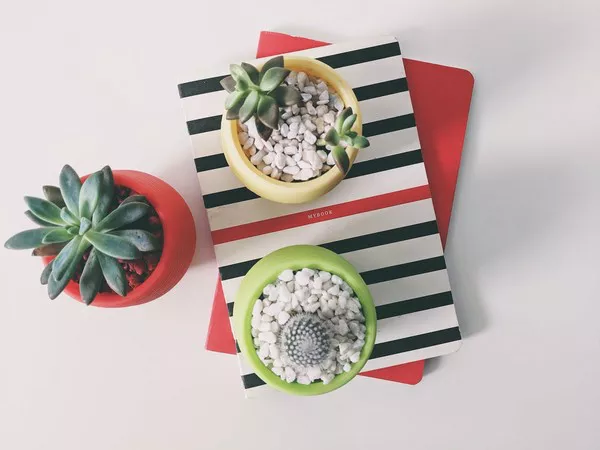Succulents, with their captivating shapes and vibrant colors, have taken the gardening world by storm. To ensure these desert darlings thrive and display their full splendor, understanding the role of succulent plant food is paramount.
Understanding the Nutritional Needs of Succulents
Succulents, known for their ability to store water in their fleshy leaves and stems, have distinct nutritional requirements. While these plants are adapted to survive in arid conditions, providing them with the right balance of nutrients enhances their overall health and appearance. Key nutrients for succulents include nitrogen, phosphorus, potassium, and micronutrients such as iron and magnesium. Succulent plant food formulations are crafted to address these specific needs, promoting robust growth, vibrant colors, and resilience against pests and diseases.
Choosing the Right Succulent Plant Food
The market offers a variety of succulent plant food options, ranging from liquid fertilizers to slow-release granules. Selecting the right type depends on factors such as the succulent species, the growing medium, and personal preferences in terms of application frequency and convenience. Liquid succulent plant food is often favored for its quick absorption, providing an immediate nutrient boost. On the other hand, slow-release granules offer a more gradual release of nutrients, requiring less frequent application.
When and How to Apply Succulent Plant Food
Timing and application methods play crucial roles in the effectiveness of succulent plant food. Applying plant food during the growing season, typically spring and summer, aligns with the active growth phase of succulents. However, it’s essential to reduce or eliminate feeding during the dormant winter months when succulents experience slower growth. When using liquid succulent plant food, dilute it according to the manufacturer’s instructions and apply directly to the soil, avoiding contact with the plant’s leaves to prevent potential burns.
Dos and Don’ts of Succulent Plant Food Application
To maximize the benefits of succulent plant food, adhering to best practices is essential. Do start with a diluted solution, gradually increasing the strength as needed based on plant response. Do apply succulent plant food to damp soil to prevent potential root burn, as applying it to dry soil concentrates the fertilizer and may lead to adverse effects. Don’t overapply plant food, as succulents are adapted to nutrient-poor environments, and excessive fertilization can result in salt buildup, causing harm to the plants.
Organic vs. Synthetic Succulent Plant Food: Weighing the Options
The choice between organic and synthetic succulent plant food is a matter of personal preference and gardening philosophy. Organic options, derived from natural sources, provide a slow and steady release of nutrients, promoting long-term soil health. Synthetic fertilizers, on the other hand, offer a more immediate nutrient boost but require careful application to prevent over-fertilization. Ultimately, both types can be effective when used judiciously, and the decision depends on individual gardening goals.
Recognizing Signs of Nutrient Deficiency or Excess
Monitoring your succulents for signs of nutrient imbalance is crucial for proactive care. Symptoms of nutrient deficiency, such as yellowing or discolored leaves, stunted growth, or lack of vibrancy, indicate a need for nutrient supplementation. Conversely, signs of excess fertilizer, such as brown leaf tips or leaf burn, signal the need to adjust your succulent plant food application. Regular observation allows you to fine-tune your feeding routine, ensuring your succulents receive the nourishment they require.
DIY Succulent Plant Food Recipes for the Enthusiast
For gardening enthusiasts who prefer a hands-on approach, crafting your succulent plant food can be a rewarding endeavor. Common ingredients include well-rotted compost, worm castings, and natural amendments like kelp meal or bone meal. These DIY formulations aim to mimic the nutrient profiles of succulent habitats, providing a tailored and sustainable approach to plant nutrition. Experimenting with different recipes allows you to customize the nutrient content based on your succulent collection’s specific needs.
Troubleshooting Common Succulent Plant Food Issues
Even with the best intentions, occasional challenges may arise when using succulent plant food. Issues such as fertilizer burn, inconsistent application, or nutrient lockout can impact plant health. Recognizing these issues and taking corrective measures, such as leaching the soil with water to flush excess salts or adjusting the feeding schedule, ensures that your succulents receive the nourishment they need without compromising their well-being.
The Role of Watering in Conjunction with Succulent Plant Food
Watering practices and succulent plant food application go hand in hand. Succulents benefit from a well-balanced approach to watering, allowing the soil to dry out between waterings to prevent root rot. Coordinating your watering routine with succulent plant food application helps distribute nutrients evenly and ensures optimal absorption by the plant’s roots. This synergy contributes to overall plant health and resilience.
Conclusion
In conclusion, understanding how to use succulent plant food is a key component of successful succulent care. By recognizing the nutritional needs of succulents, choosing the right plant food, and implementing proper application techniques, you can create an environment where your succulents thrive. Whether opting for commercial formulations or exploring DIY recipes, the goal is to strike a balance that promotes growth, enhances colors, and maintains the unique charm of these water-storing wonders. With diligent care and a well-informed approach to succulent plant food, you can unlock the secrets to a flourishing succulent collection that captivates the eye and brings joy to your gardening endeavors.


